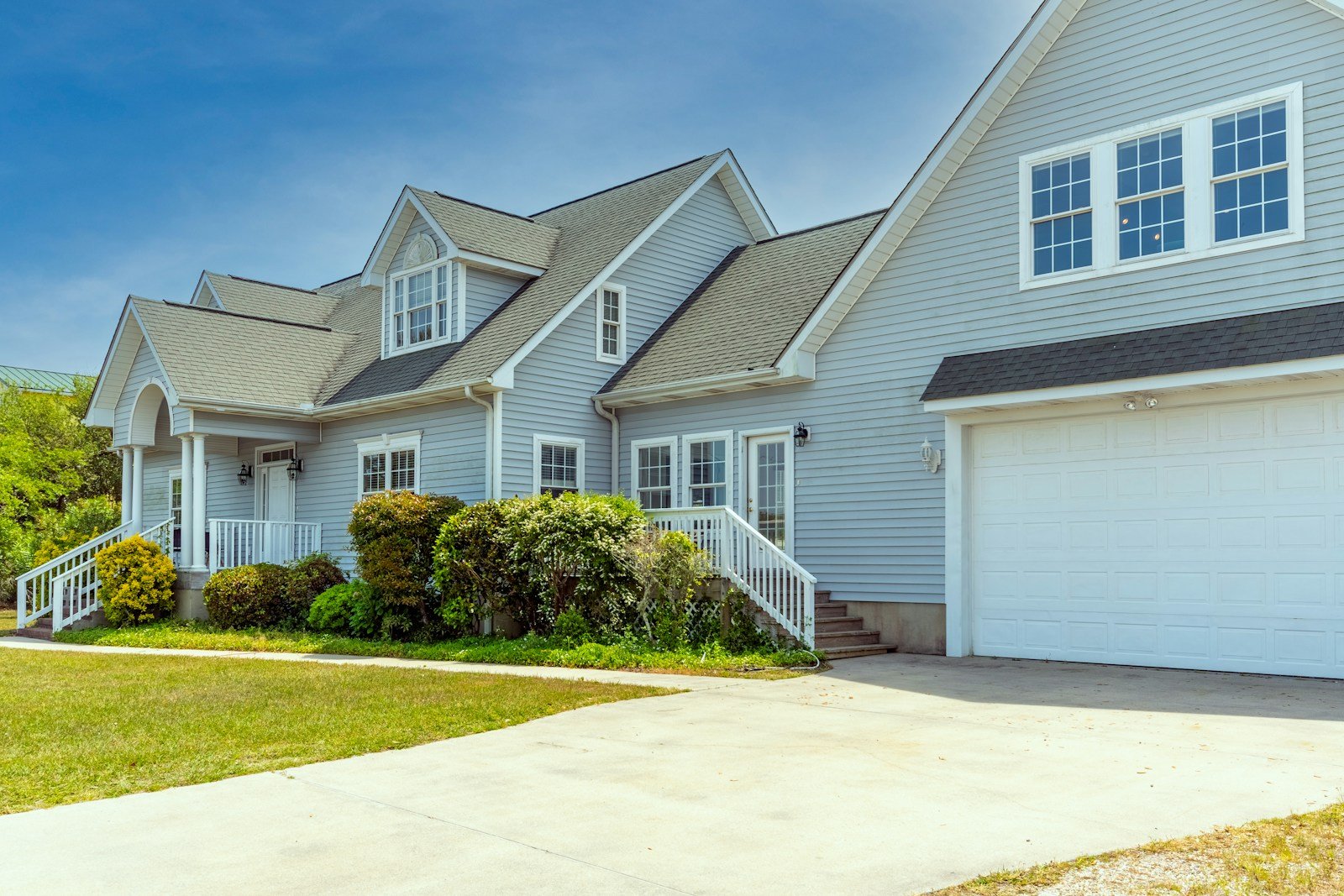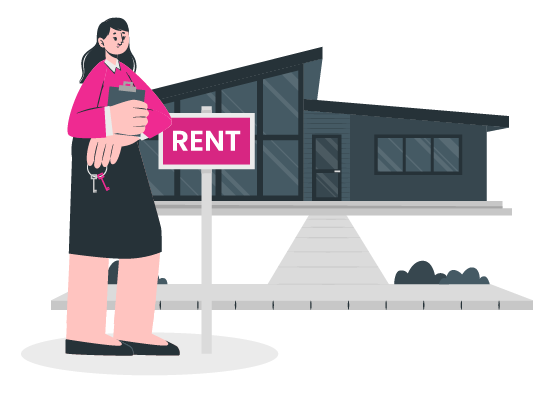Renting in Ireland has become increasingly difficult for middle-income earners who fall between two extremes. They earn too much to qualify for social housing, yet private rental prices are often beyond their budget. This is where the cost rental scheme comes into play.
Offering secure, long-term homes at rents significantly below market rates, the cost rental scheme is part of a broader national strategy to provide affordable rental housing in Ireland. But how do you apply for it? What is the eligibility process? And how can you increase your chances of being approved?
This guide answers all those questions. If you’re hoping to apply for cost rental housing in Ireland, read on to understand the full cost rental application process and how it can benefit your housing journey.
What Is the Cost Rental Scheme?
The cost rental scheme is a government-supported housing model that offers rental homes priced purely to recover the cost of construction, maintenance and management. Unlike private rentals, there is no profit margin added to the rent, making these homes more affordable and stable.
This housing type is aimed at middle-income earners who do not qualify for social housing but struggle with the current market prices. Homes under this scheme are managed by Approved Housing Bodies (AHBs), such as Clúid, Tuath and Respond, or in some cases, by local authorities.
In most cases, tenants can expect to pay rents that are approximately 25 to 50 percent lower than comparable private properties in the same area.
Who Can Apply for Cost Rental Housing in Ireland?
Before diving into the cost rental application process, it’s important to know if you meet the basic eligibility criteria. The scheme is designed for those in the middle-income bracket, so certain conditions apply.
General eligibility includes:
- A net annual household income of €66,000 or less in Dublin, or €59,000 or less outside Dublin
- Not currently receiving social housing supports such as HAP or RAS
- No ownership of residential property in Ireland or abroad
- The ability to pay rent consistently without relying on other subsidies
Income is usually verified through payslips, tax documents and bank statements. A credit check or references from previous landlords may also be required depending on the housing provider.
If you meet these conditions, you may proceed with your application when cost rental units become available.
The Cost Rental Application Process: Step-by-Step
Securing a home under the cost rental scheme involves a few essential steps. While the exact process may vary slightly depending on the housing provider, the following outline applies in most situations.
1. Keep an Eye on Upcoming Developments
First, watch for announcements from AHBs or your local authority. These are usually posted on their websites or through housing portals. You can also follow social media updates or sign up for email alerts to stay informed.
Websites such as FindQo.ie provide useful updates on available homes and future launches.
2. Register Your Interest
When a new development opens for applications, there will usually be an online registration form. This allows you to declare your interest in the property and receive the application pack.
You will need to act quickly. Many cost rental homes are allocated on a first-come, first-served basis or through a random selection process due to high demand.
3. Prepare Your Documentation
Most housing providers will ask for the following documents:
- Proof of ID (passport or driver’s licence)
- Payslips or tax certificates for all earners in the household
- Bank statements (usually 3 to 6 months)
- Proof of residency
- Employment or income verification letter
Having these documents ready in advance can speed up your application.
4. Complete the Application Form
This is where you provide personal details, income information, and evidence that you meet the eligibility requirements. Accuracy is crucial. Any incorrect or missing information could delay or invalidate your application.
Make sure to check the deadline and submit your application within the specified timeframe.
5. Wait for Assessment and Results
Once submitted, the housing provider will assess all applications. If demand exceeds supply, a randomised selection or lottery may take place.
If you are successful, you will be offered the property and asked to sign a tenancy agreement. If you are not selected, you may be kept on a waiting list for future availability.
Tips to Improve Your Application
Due to the popularity of the cost rental scheme, demand is often much higher than supply. Here are some tips to improve your chances:
- Apply early. Set alerts for announcements from AHBs and apply on the first day applications open.
- Prepare your documents in advance to avoid delays.
- Keep income levels up-to-date. If your financial situation changes, notify the provider during the assessment period.
- Check eligibility carefully before applying to ensure you meet all requirements.
Staying proactive and organised will increase your likelihood of success.
Benefits of Cost Rental Housing
The cost rental scheme offers several long-term benefits compared to traditional renting:
- Significantly lower rents than the open market
- Long-term lease security not typically available in private rentals
- Professional property management by experienced housing bodies
- No risk of eviction due to property sale
- Rent set based on cost, not profit or market fluctuations
These advantages make cost rental homes particularly attractive for individuals and families looking to settle down with peace of mind.
Where Are Cost Rental Homes Available?
While still expanding, cost rental homes are already available in several high-demand areas including:
- Dublin (e.g. Citywest, Santry, Kilcarbery)
- Cork (e.g. Midleton, Mallow)
- Kildare (e.g. Newbridge)
- Louth, Wicklow and Meath (selected upcoming developments)
As more units come onstream, opportunities will grow throughout Ireland. You can track these developments through FindQo.ie and local authority websites.
Use FindQo.ie to Compare Affordable Housing Options
Whether you’re looking to apply for cost rental housing in Ireland or just want to explore your options, FindQo.ie is a valuable resource.
This platform helps you:
- Track cost rental availability and upcoming developments
- Compare average rents by county or town
- Use AI-powered tools to estimate office or residential space costs
- Get real-time insights into housing market trends across Ireland
FindQo.ie brings together the information you need to make smart, confident decisions about where and how to rent in Ireland.
Final Thoughts
The cost rental scheme is transforming Ireland’s rental landscape by offering security and affordability to those who need it most. If you find yourself stuck between private rental pressures and social housing thresholds, this scheme could provide the answer.
Understanding the cost rental application process and preparing early are key to securing your place. With more units being rolled out across the country, now is the time to explore your options.
Want to get started?
Visit FindQo.ie to discover cost rental opportunities, monitor new developments and take the first step toward affordable, secure housing.

